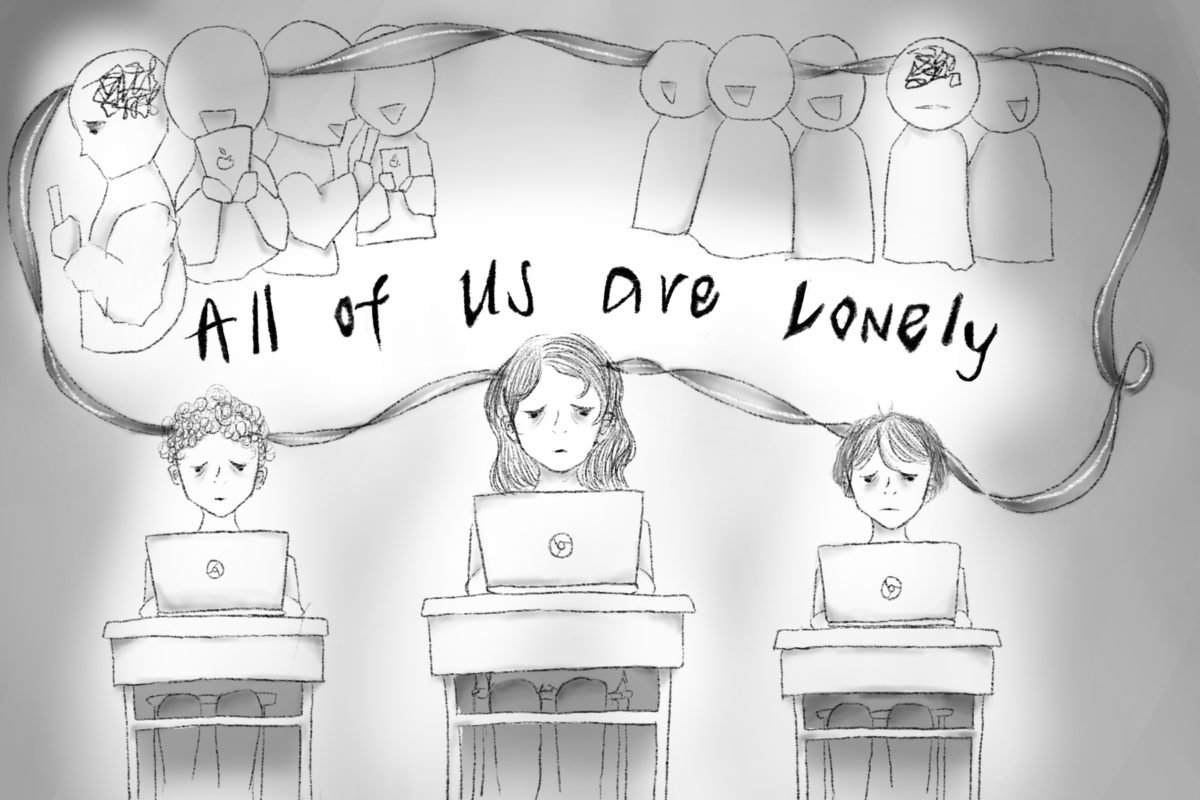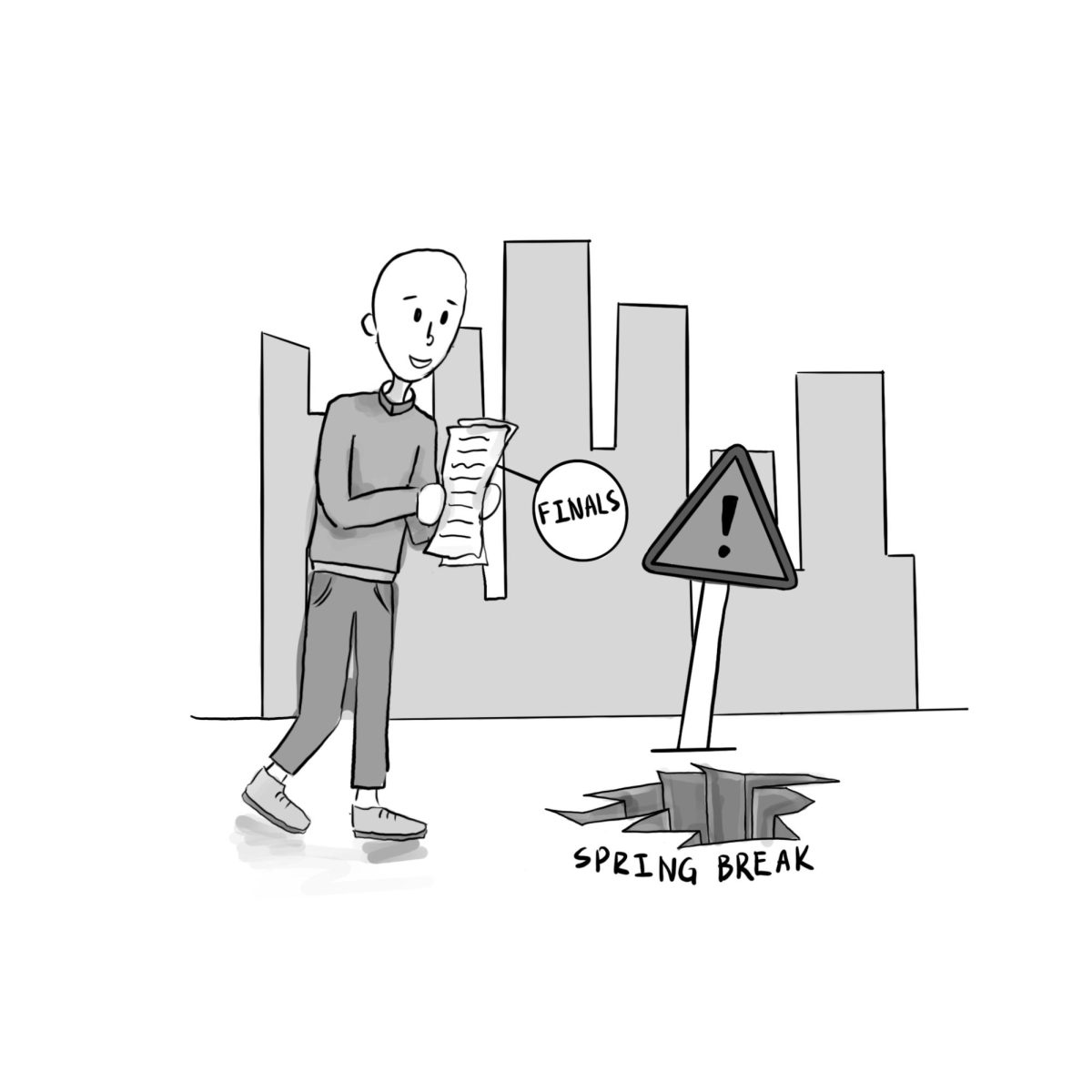The constant buzzing of notifications from social media applications and glassy eyes fixated on screens has become an omnipresent reality for Gen Z (those born between 1997 and 2012), revealing a loneliness epidemic that has remained a largely unacknowledged public health crisis.
A study conducted by the health insurer Cigna found that scores measuring feelings of isolation were the highest in Gen Z, while the Institute for Family Studies reported that 56 percent of youths felt lonely at least once or twice a month. With the vast expansion of social media in all facets of life — from replacing physical workplaces with online meeting platforms, to vicariously experiencing things through social media posts — Gen Z is hyper connected through the virtual world. However, the digitization of today’s world has set up a puzzling paradox: growing up alongside the Digital Revolution has led to online hyperconnectivity that has left many youths feeling socially detached.
With the swift pace of life and the expansion of technology encroaching on all social interactions, accessibility and efficiency is more attractive to teenagers than the potential entanglements of a real relationship. The established institutions that have stood as spaces for fostering the development of one’s identity and sense of community have also begun to deteriorate from hyperconnectivity. Young individuals are continually overstimulated by the possibilities of the internet, but seldom step out to find real human connections. Inevitably, they are left feeling hollow and unsatisfied.
Students have echoed these sentiments. Freshman Michelle Tran said, “People who feel lonely and don’t have the support around are so revolved around what they see. [Gen Z] attaches itself to the media world wanting to have the same experience as what someone else has, or does.”
Sophomore Ava Mattar said, “Our phones have somewhat taken the place of our friends. Sometimes, when I’m talking to my friends, they don’t even hear what I say because they are in the ‘phone zone’.”
The brain classifies loneliness as a threat to one’s well-being, stimulating a “fight or flight” stress response. Over time, individuals begin to subconsciously perceive others as potential threats rather than possibilities for connection. Loneliness causes individuals to reduce the interactions they have with others to potential responses of rejection or indifference.
When prolonged, loneliness can become a self-fulfilling prophecy. Once an individual becomes accustomed to their condition, it is hard to lift oneself out of a lonely state.
Loneliness can morph into a constant feedback loop of negative emotions that can eventually become longterm. Because of the brain’s neuroplasticity, these pathways can become reinforced and perpetuated. However, the brain’s elasticity can still counter and overcome the cycle.
There are accessible solutions to remedy the loneliness epidemic. Britain has already begun to spearhead these initiatives by bridging millions of citizens through community programs that encompass nature walks, songwriting workshops and other activities. Other countries, including Japan and Sweden, have appointed specialized ministers to build connectivity programs.
Loneliness does not call for grandiose solutions; it only takes individuals to return to customary social interactions that unite them — from dining together to going out of their way to extend a helping hand.



![Social science teacher Nick Madrid’s desk and floor are littered by ungraded papers due to burnout. “My desk hasn’t been this messy before and it’s been this way ever [since] I started grading papers,” Madrid said.](https://whshoofprint.com/wp-content/uploads/2025/04/IMG_1659-900x1200.png)


